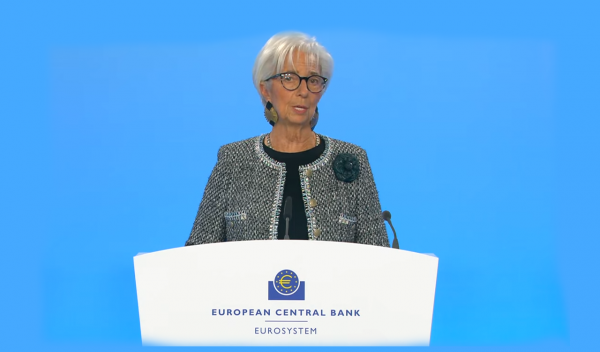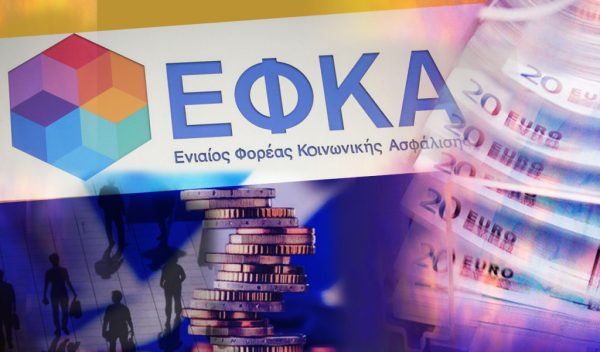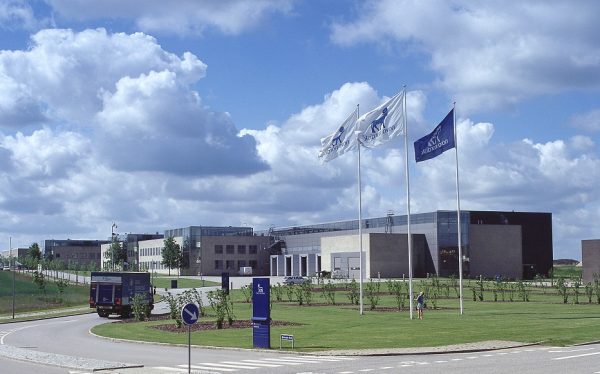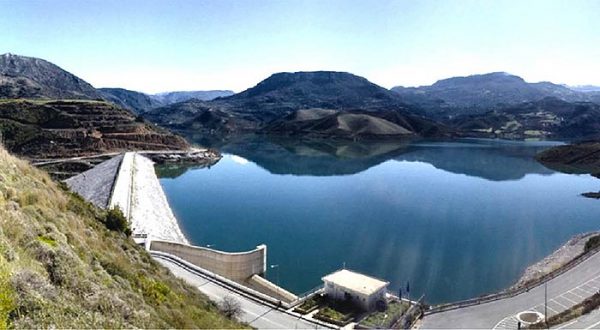
The percentage of Research & Development (R&D) expenditures as part of GDP reached 1.50% in 2020, according to preliminary data published by the National Center for Documentation and Electronic Content (ECB), as the competent National Authority of the Hellenic Statistical System for European Statistics on Research, Development and Innovation.
In 2020, a year marked by the COVID-19 pandemic and its impact on the economy, R&D expenditure in Greece was € 2,473.45 million, an increase of € 135.8 million compared to 2019 ( growth rate 5.8%).
Based on the 5.8% increase in R&D expenditure and the 9.8% decrease in GDP in Greece in 2020, the “R&D Intensity” index, which expresses R&D expenditure as a percentage of GDP, stood at 1.50% from 1.28% in 2019.
The results of the ESF statistical survey, conducted in 2021 on research and development organizations in the four areas of activity: business (BES), higher education (HES), public sector (GOV) and private non-profit institutions (PNP), are available in the publication Key Research and Development Indicators for expenditure and staff in 2020 in Greece – Preliminary data.
Businesses made R&D expenditures of € 1,147.52 million (0.69% of GDP) in 2020, up 6.5% from 2019, and continue to make the largest contribution to the R&D expenditure ratio.
The higher education sector incurred R&D expenditures of 774.39 million euros (0.47% of GDP), showing an increase of 8.1% compared to 2019.
The public sector made R&D expenditures of 537.21 million euros (0.32% of GDP), showing an increase of 2.5% compared to 2019.
The sector of private non-profit institutions has a smaller contribution (14.33 million euros, 0.01% of GDP) and showed a decrease compared to 2019.
Regarding the financing of the R&D expenditures of 2020, the state is the largest source of financing with 1,050.27 million euros (42.5% of the total), through the regular budget (675.55 million euros) of the NSRF 2014 -2020 (240.49 million euros) and other state sources (Regions, national part of the Public Investment Program) (134.23 million euros).
The regular budget increased by 2.2%, from € 660.97 million in 2019 to € 675.55 million in 2020, and funded R&D expenditure in higher education (€ 366.92 million) and government sector (EUR 308.63 million).
The NSRF increased by 18.8%, from € 202.40 million in 2019 to € 240.49 million in 2020, and financed business R&D expenditure (€ 81.66 million) in the higher education sector (81.08 million euros), the public sector (EUR 76.85 million) and the private non-profit sector (EUR 0.90 million).
Other government sources increased by 36.4%, from € 98.42 million in 2019 to € 134.23 million in 2020, and funded R&D expenditure in the higher education sector (€ 70.08 million), government sector (EUR 60.77 million), businesses (EUR 3.18 million), and the private non-profit sector (EUR 0.20 million).
The second largest source of funding for R&D expenditure in 2020 was businesses, with 993.20 million euros (40.2% of the total), an increase of 2.5% compared to 2019. Most, € 924. 47 million was invested in R&D carried out by the companies themselves. The rest funded R&D in the higher education sector (€ 50.08 million), the public sector (€ 17.06 million) and the private non-profit sector (€ 1.59 million).
The European Union is the third largest source of R&D funding, with EUR 275.21 million (11.1% of the total), recording an increase of 5.4% compared to 2019. The EU funded R&D in all sectors, the higher education sector (EUR 126.37 million), businesses (EUR 83.22 million), the public sector (EUR 61.84 million) and the private non-profit sector (EUR 3.78 million) .
The increase in R&D expenditure in 2020 was accompanied by an increase in employment in R&D activities. The number of Full-Time Equivalents (FTEs), which yield full-time “positions”, compared to 2019, increased by 5.8% for total R&D staff and by 7.0% for researchers. The total staff in R&D in 2020 amounts to 57,059 full-time (FTE) positions and researchers to 41,800 FTE. The highest employment in R&D is recorded in the field of higher education.
Research Statistics and Indicators, for Development and Innovation in Greece concern European statistics and are produced by the National Center for Documentation and Electronic Content, the competent national authority of the Greek Statistical System. They are the official national data sent and published by Eurostat and the OECD. They are also available from the ESF in printed and electronic publications and data tables at the website http://metrics.ekt.gr.
The research for the recording of R&D expenses & staff is carried out in the framework of Sub-Project 5 “Production of RIS3 indicators for the years 2016-2023” of the Act “Installation of a Monitoring Mechanism of the implementation of the national strategy RIS3-Collection and processing of indicators”, implemented by the National Center for Documentation and Electronic Content, in the framework of the Operational Program “Competitiveness, Entrepreneurship & Innovation (NSRF 2014-2020)”, with the co-financing of Greece and the European Union-European Regional Development Fund.
Latest News

DM Dendias: We talk With Turkey But We Always Bring Up Their Unacceptable Positions
Second and last day of closely watched conference, entitled 'Metapolitefsi 1974-2024: 50 Years of Greek Foreign Policy', also included appearances by PM Mitsotakis, Ex-PM Tsipras and PASOK leader Nikos Androulakis, among others

Rhodes Airport Tops Fraport Greece’s Regional Airports in 2024 Performance
According to Fraport's data, more than 35 million passengers (specifically 35.2 million) were handled by Fraport-managed airports during the 11 months.

European Central Bank Cuts Interest Rates by 25 Basis Points
It is the fourth cut of interest rates by Europe’s central bank, a move expected by the markets and financial analysts leading to the rate settling at 3%.

Airbnb: New Measures Add €600 in Extra Costs for Property Owners
Property managers face an immediate administrative fine of 5,000 euros if access to the inspected property is denied or any of the specified requirements are not met.

Economist: Greece Included in the Best Performing Economies in 2024
Meanwhile, Northern European countries disappoint, with sluggish performances from the United Kingdom and Germany.

EasyJet Expands Its Routes from Athens
The airline’s two new routes will be to London Luton and Alicante and they will commence in summer 2025.

Capital Link Forum Highlights Greece’s Economic Resurgence; Honors BoG Gov Stournaras
Capital Link Hellenic Leadership Award recipient, Bank of Greece Gov. Yannis Stournaras, an ex-FinMin, was lauded for his pivotal role during Greece’s economic recovery

Tourist Spending in Greece Up by 14%, Visa Card Analysis Shows
Greece’s capital Athens emerged as the most popular destination, recording a 17% increase in transactions with Visa cards, surpassing even the cosmopolitan island of Mykonos.

Inflation in Greece Unchanged at 2.4% in Nov. 2024
The general consumer price index (CPI) posted a 0.4% decrease in November compared to the previous month

2024 Christmas Holidays: Extended Shop Hours Schedule
The 2024 Christmas Holidays extended shop hours schedule commences on Thursday, December 12 and runs until the end of the year.


![Φυσικό αέριο: Δυναμικό come back του LNG στην Ελλάδα [γραφήματα]](https://www.ot.gr/wp-content/uploads/2023/01/OT_naturalgas-90x90.jpeg)












![Fraport: Πάνω από 35 εκατ. επιβάτες στα αεροδρόμια το 11μηνο – Πτώση στη Μύκονο [πίνακας]](https://www.ot.gr/wp-content/uploads/2022/06/fraport-90x90.jpg)

























 Αριθμός Πιστοποίησης Μ.Η.Τ.232433
Αριθμός Πιστοποίησης Μ.Η.Τ.232433